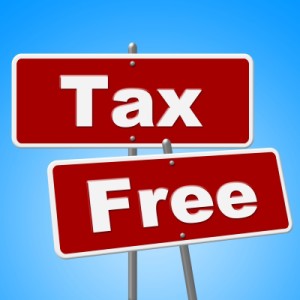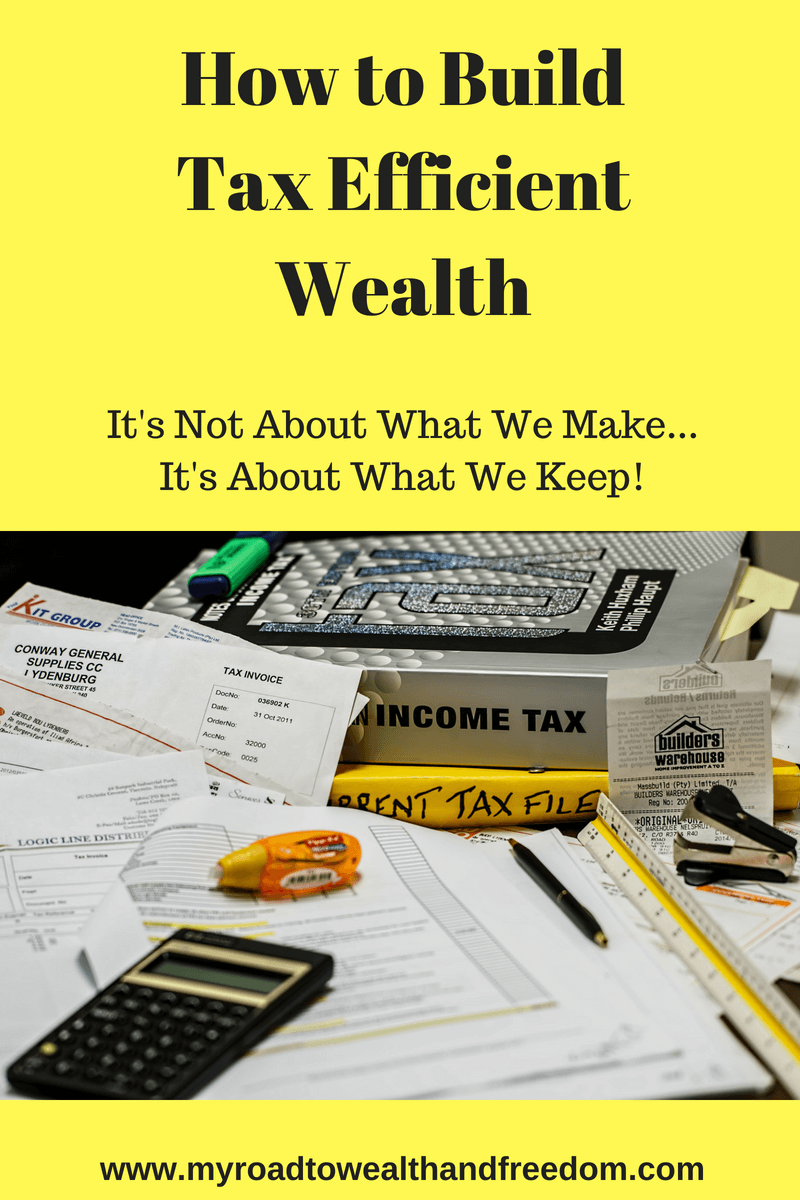Here’s my post on 6 ways to build tax efficient wealth. To build and maintain wealth, we need to take advantage of every available resource to help us reach our goals. One important dimension to our finances that can help us literally save thousands of dollars a year is taxation.
Like many other people I despise taxes but, as onerous a thing as taxes can be, I’ve learned that there are many ways to run my finances as tax efficiently as possible. By building my nest egg as tax efficiently as possible I get to keep more of money and delay or defer taxes for as long as possible, which lets me build wealth quicker than otherwise would be possible. So here are some of my favourite strategies for building tax efficient wealth.
RRSP – Registered Retirement Savings Plan
Every year I make it a priority to contribute to my RRSP. Doing so results in a tax deduction that can net middle income earners a 30%-40% refund, depending on their tax bracket. I take the tax refund and either invest it or pay down my mortgage – either way I’m getting ahead by growing my financial assets or reducing a big liability.
The money contributed to the RRSP can grow on a tax-deferred basis until retirement or until a person reaches the age of 71. The downside to the RRSP is that at some point down the road I’ll have to draw on it and the money will be taxed as income.
TFSA – Tax Free Savings Account

I was sad to see that the government recently reduced the annual TFSA contribution back to its original $5,500 because, once my RRSP is full, that’s where I put extra money. While contributions to the TFSA does not give me a tax refund, it is still a
worthwhile investment vehicle because, as I explained in my TFSA article, my money can grow on a completely tax-free basis and I won’t be taxed on any withdrawals.
RESP – Registered Education Savings Plan
One of the things that I like about the RESP is that it’s another tax-sheltered investment vehicle. That means that my children’s education fund can grow tax-free until they’re off to pursue post-secondary education. I don’t do anything fancy with my kids’ education money, I just invest it in low-cost index funds. The other thing I like about the RESP is that for every dollar I put in, the government will match 20% of it, up to a maximum of $500 per year.
Owning Your Home
One of the great things about owning a home in Canada is that our primary residence is exempt from capital gains taxes. That means that when we sell our home, 100% of the proceeds are ours to keep no matter how much the home has increased in value. That makes home ownership one of the greatest tax-free investments.
Taxable Investments
Sadly, there are only so many tax shelters for us to take advantage of. Sooner or later, if one is a diligent saver, he will be able to max out his RRSP and TFSA every year and anything above and beyond will have to go to a taxable investment account.
Dividend income offers certain tax advantages that rental income and interest income do not. The main tax advantage is that if a person owns stock in a Canadian company that pays an eligible dividend then he gets to claim the dividend tax credit that reduces the amount of tax payable by about 30%.
Investing for capital gains can also be a tax shelter for those who buy a stock or an investment property and hold it for the long term. Once the stock or property is sold, 50% of the gain is added to the owner’s income for that year and taxed at the marginal rate.
Borrowing to Invest
When a person borrows money to invest in something that will generate income, he can write off the interest paid on the loan. Basically, borrowing to invest gives someone all the advantages as those mentioned under taxable investments plus the bonus that the interest expense, fees and commissions are tax deductible.
These are 6 ways to build tax efficient wealth. If you enjoyed this article you may also like:
How to Build Passive Income Streams
Photo Credit: Image courtesy of Stuart Miles / FreeDigitalPhotos.net
